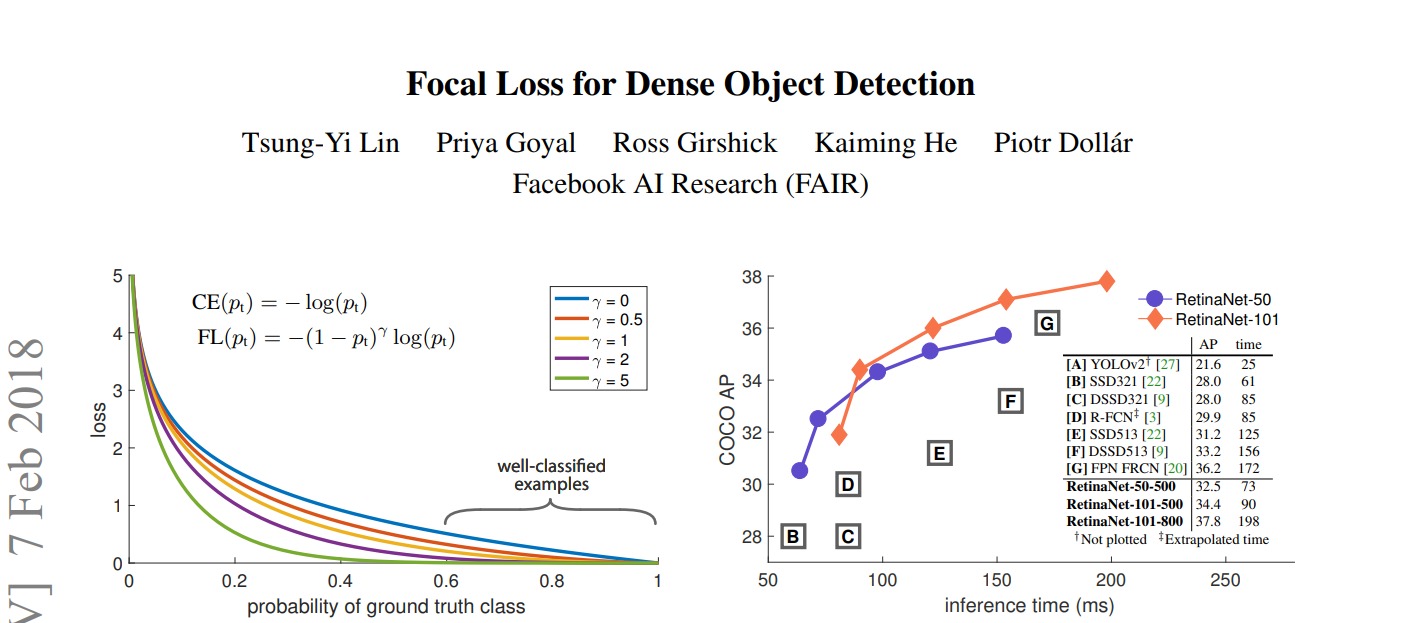Implement SoftArgmax with Pytorch.
在编程时,有时候需要返回一个张量最大值所在的维度序号(如分类任务中返回概率最大的类别编号、定位任务中返回概率最大的空间坐标编号),此时需要用到argmax操作。
Pytorch中的argmax函数定义为torch.argmax(input, dim=None, keepdim=False),其中的dim参数指定寻找最大值的维度,keepdim参数指定是否保持原张量的维度。
如一个尺寸为$(3,4,5)$的三维张量,若设置dim=1,keepdim=False则输出张量的尺寸是$(3,5)$;若设置dim=1,keepdim=True则输出张量的尺寸是$(3,1,5)$。
由于argmax函数是不可导的,在构建网络时无法反向传播梯度。在实际构建网络时通常使用SoftArgmax函数作为替代。对于张量中的每一个位置$i$,做如下近似:
\[y=argmax(x) ≈ \sum_{i}^{} i \cdot softmax(x)_i\]如对一个尺寸为$(batchNumber \times Channel \times Height \times Width \times Depth)$的三维空间张量寻找其最大值对应的坐标,返回尺寸为$(batchNumber \times Channel \times 3)$的张量,其Pytorch实现如下:
import numpy as np
import torch
import torch.nn as nn
import torch.nn.functional as F
class SoftArgmax(nn.Module):
def __init__(self, height, width, depth, channel):
super(SoftArgmax, self).__init__()
self.height = height
self.width = width
self.depth = depth
self.channel = channel
pos_x, pos_y, pos_z = np.meshgrid(
np.linspace(-1., 1., self.height),
np.linspace(-1., 1., self.width),
np.linspace(-1., 1., self.depth)
)
pos_x = torch.from_numpy(pos_x.reshape(self.height*self.width*self.depth)).float()
pos_y = torch.from_numpy(pos_y.reshape(self.height*self.width*self.depth)).float()
pos_z = torch.from_numpy(pos_z.reshape(self.height*self.width*self.depth)).float()
self.register_buffer('pos_x', pos_x)
self.register_buffer('pos_y', pos_y)
self.register_buffer('pos_z', pos_z)
def forward(self, input):
# input: (N, C, H, W, D)
# output: (N, C, 3)
input = input.view(-1, self.height*self.width*self.depth)
softmax_attention = F.softmax(input, dim=1)
self.pos_x = self.pos_x.to(input.device)
self.pos_y = self.pos_y.to(input.device)
self.pos_z = self.pos_z.to(input.device)
softmax_attention = softmax_attention.to(input.device)
expected_x = torch.sum(self.pos_x*softmax_attention, dim=1, keepdim=True)
expected_y = torch.sum(self.pos_y*softmax_attention, dim=1, keepdim=True)
expected_z = torch.sum(self.pos_z*softmax_attention, dim=1, keepdim=True)
expected_xyz = torch.cat([expected_x, expected_y, expected_z], 1)
coordinates = expected_xyz.view(-1, self.channel, 3)
return coordinates


